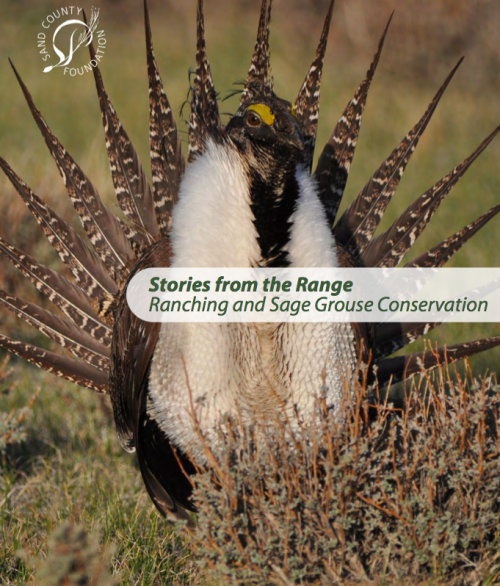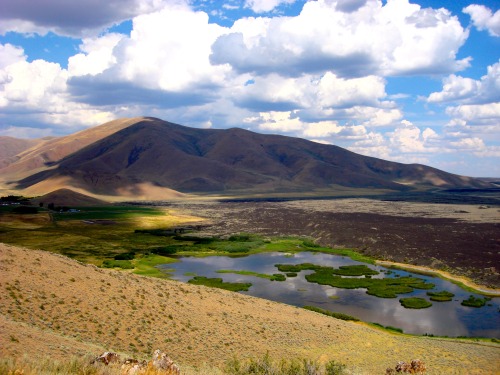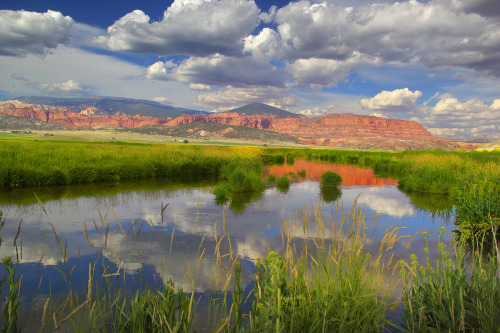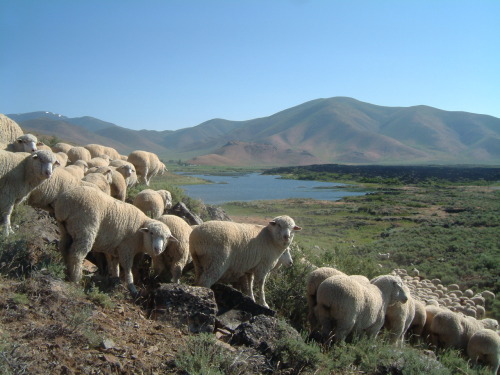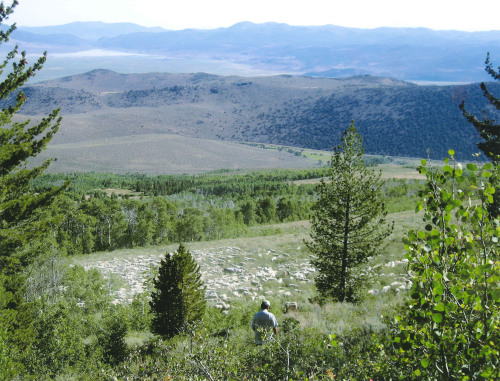usda-nrcs:NewReport Highlights Ranchers Restoring Habitat for Sage GrouseAldo Leopold once said, “Co
usda-nrcs:NewReport Highlights Ranchers Restoring Habitat for Sage GrouseAldo Leopold once said, “Conservation will ultimately boildown to rewarding the private landowner who conserves the public interest.”Those words are powerful, especially in the West, where ranchers areteaming up to benefit sage grouse and the 350 other species that share itsvast habitat.. Today, the Sand County Foundation, a non-profit organizationnamed for Leopold’s signature book, “A Sand County Almanac,” released a report showcasing thededication of private landowners in conserving this at-risk species up forlisting under the Endangered Species Act.The Foundation’s“Stories from the Range” highlights the stewardship of ranchers, whoworking with local, state and federal partners, have restored and protected 4.4million acres of prime sage grouse habitat – an area of working lands the sizeof two Yellowstone National Parks. The SageGrouse Initiative, a partnership led by USDA’s Natural Resources Conservation Service(NRCS), has been the driving force in private lands conservation efforts forsage grouse. That’s because big and intact sagebrush grazing lands are also goodhabitat for sage grouse. It’s a win-win effort benefiting the bird and the ruralways of life that sustain these landscapes.The report – through its stories of stewardship-minded ranchers– highlights how and why these conservation efforts are so successful.Collectively, their work shows the benefits and futurepossibilities of private lands conservation. By targeting conservation,ranchers are boosting their land’sproductivity, providing wildlife habitat and demonstrating the vital role thatprivate lands play in conservation. Read the full blog here.Learn moreabout the “Stories fromthe Range” report and the Sage Grouse Initiative. To get started withNRCS, visit your local USDA Service Center or www.nrcs.usda.gov/GetStarted. -- source link
Tumblr Blog : usda-nrcs-blog.tumblr.com
#wildlife conservation#sage grouse#centrocercus urophasianus#birds
